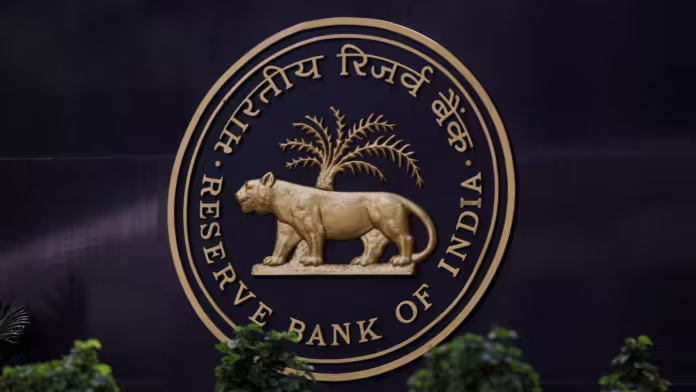India’s foreign exchange reserves have reached an unprecedented high, crossing the $700 billion mark for the first time. As of the week ending September 27, 2024, the reserves stood at $705 billion, positioning India as the fourth-largest holder of forex reserves globally. This significant increase has been driven by foreign capital inflows into Indian equities and bonds, as well as the Reserve Bank of India’s (RBI) proactive steps to manage the rupee, which has remained near record lows.
RBI Governor Shaktikanta Das has consistently highlighted the importance of maintaining a robust forex reserve buffer to shield the economy from global market volatility. These reserves enable the central bank to intervene when necessary, curbing excessive fluctuations in the currency’s value. Bank of America predicts that India’s forex reserves could grow to $745 billion by March 2026, further strengthening the RBI’s ability to manage the rupee and navigate external economic risks.
The accumulation of reserves has been supported by a balance-of-payments surplus and a narrowing current account deficit. Analysts Rahul Bajoria and Abhay Gupta noted in a Bloomberg report that India’s reserves are notably strong compared to other emerging markets. They also observed that recent fluctuations in the USD/INR exchange rate have provided the rupee with room for limited appreciation. Despite increased volatility, the RBI is expected to continue its strategy of building reserves while maintaining currency competitiveness.
However, external factors, particularly geopolitical tensions in the Middle East, pose potential risks. The recent escalation in oil prices, driven by conflict in the region, could disrupt global oil supply chains and influence interest rate decisions worldwide. This presents a challenge for central banks, including the RBI, as they navigate the potential economic impact of these developments.
While the Indian economy has demonstrated resilience, it remains vulnerable to external risks, including global inflationary pressures. Although inflation has shown signs of easing, rising food and fuel prices remain critical areas of concern. The RBI is carefully monitoring these developments before making any major adjustments to its monetary policy, ensuring that future decisions are balanced against both domestic economic conditions and external uncertainties.
In conclusion, India’s growing forex reserves serve as a crucial economic buffer, providing the RBI with enhanced capacity to manage currency stability and mitigate external risks. However, with global economic challenges on the horizon, the central bank’s cautious approach to future policy adjustments will be key to sustaining India’s economic growth.

